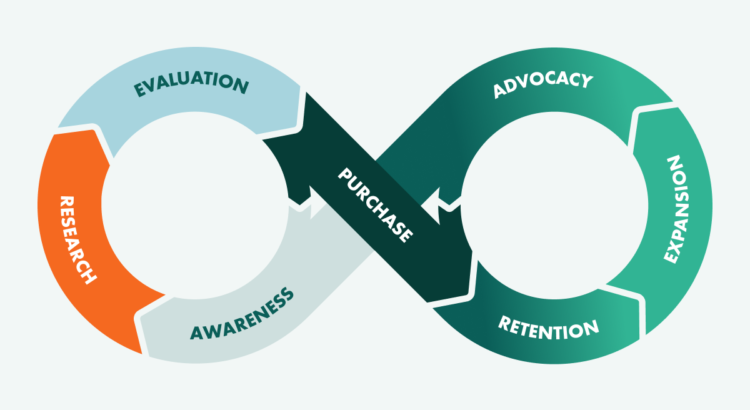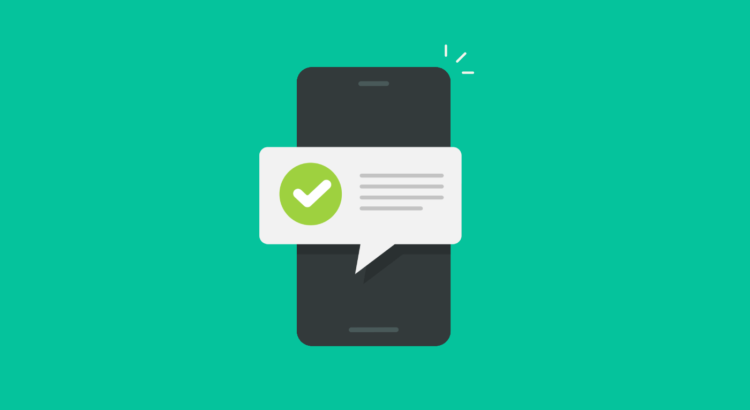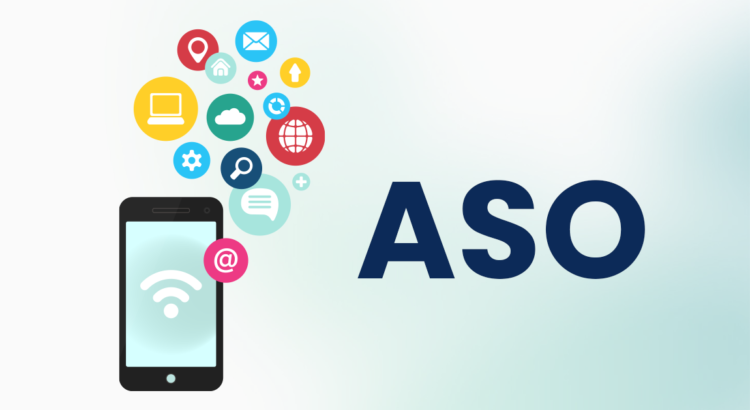Customer relationships are the bedrock of success in today’s hyper-competitive business landscape. It’s no longer enough to simply sell a product or service; businesses must cultivate lasting connections, understand individual needs, and deliver exceptional experiences. This is where Customer Relationship Management (CRM) comes in – a strategic approach and a powerful technological solution designed to optimize every customer interaction.
At its core, CRM is about putting the customer at the heart of your operations. It’s a unified system that helps businesses manage and analyze customer interactions and data throughout the customer lifecycle, with the goal of improving business relationships with customers, assisting in customer retention, and driving sales growth.
Key Types of CRM: Finding Your Perfect Fit
While the overarching goal of CRM remains consistent, different types of systems cater to specific business needs:
- Operational CRM: This is the most common type, focusing on automating and streamlining customer-facing processes. Think of it as the engine for your day-to-day customer interactions.
- Sales Automation: Manages leads, tracks sales opportunities, automates tasks like sending follow-up emails, and helps sales teams prioritize and close deals more efficiently.
- Marketing Automation: Facilitates targeted campaigns, lead nurturing, and customer segmentation based on behaviors and preferences. It automates email marketing, social media campaigns, and lead scoring.
- Service Automation: Improves customer support through features like ticketing systems, live chat, knowledge bases, and automated responses, ensuring quick and effective issue resolution.
- Analytical CRM: As the name suggests, this type of CRM is all about data. It collects, processes, and analyzes customer data to gain insights into customer behavior, preferences, and trends.
- Data Warehousing & Mining: Gathers data from various sources (sales, marketing, service) and uses techniques like data mining to extract valuable insights, identify patterns, and predict future customer actions.
- Reporting & Analytics: Provides dashboards and reports that visualize key metrics, allowing businesses to understand customer lifetime value, assess campaign effectiveness, and make data-driven decisions.
- Collaborative CRM: This type of CRM focuses on improving communication and collaboration across different departments within a company to provide a unified customer experience.
- Interaction Management: Offers a shared view of customer interactions and histories, allowing sales, marketing, and customer service teams to work cohesively and provide consistent service, regardless of who interacts with the customer.
- Channel Management: Manages communication channels (email, phone, social media, chat) to ensure a seamless and optimized customer journey across all touchpoints.
The Unmistakable Benefits of CRM
Implementing a robust CRM system brings a multitude of advantages that directly impact your bottom line and customer satisfaction:
- Enhanced Customer Understanding: A CRM provides a 360-degree view of each customer, centralizing all interactions, preferences, purchase history, and support issues. This allows for truly personalized communication and service.
- Increased Sales and Revenue: By automating sales processes, identifying high-potential leads, and enabling targeted marketing, CRM helps sales teams be more productive and close deals faster. It also supports upselling and cross-selling opportunities.
- Improved Customer Service: With immediate access to customer data, support teams can resolve issues more quickly, offer proactive assistance, and deliver consistent, high-quality service, leading to greater customer satisfaction and loyalty.
- Higher Productivity and Efficiency: Automation of repetitive tasks (data entry, email follow-ups, reporting) frees up your teams to focus on strategic activities that require human insight and creativity.
- Better Data Management and Insights: CRM systems organize and centralize vast amounts of customer data, making it accessible, understandable, and actionable. Powerful analytics tools provide insights that inform business strategies.
- Streamlined Collaboration: By breaking down departmental silos and enabling shared access to customer information, CRM fosters better internal communication and teamwork, leading to more cohesive customer experiences.
- Scalability for Growth: A well-chosen CRM system can grow with your business, adapting to increasing customer bases and evolving operational needs without significant overhauls.
The Future of CRM: Innovation on the Horizon
The CRM landscape is constantly evolving, driven by technological advancements and a growing emphasis on hyper-personalization. Here’s what’s shaping the future:
- AI and Machine Learning Integration: AI is transforming CRM from simple automation to intelligent decision-making. AI-powered CRMs will offer predictive analytics (forecasting customer behavior and churn), sentiment analysis, intelligent lead scoring, and hyper-personalized recommendations, leading to truly proactive customer engagement.
- Omnichannel Customer Engagement: As customers interact across more channels (social media, apps, chatbots, voice assistants), CRM will provide even more seamless and unified experiences, ensuring consistency and continuity regardless of the touchpoint.
- Low-Code/No-Code Platforms: These platforms are democratizing CRM customization, allowing businesses to tailor their systems to unique needs without extensive coding knowledge, accelerating deployment and adaptation.
- Mobile-First CRM: With the rise of remote work and on-the-go access, mobile CRM solutions will become even more robust, offering full functionality and real-time data access from any device.
- Integration with IoT: The Internet of Things (IoT) will further enhance CRM by enabling data collection from connected devices, offering insights into product usage and allowing for proactive service and support.
- Enhanced Data Security and Privacy: As data regulations tighten, future CRMs will prioritize advanced encryption, robust user consent management, and compliance with global privacy standards, ensuring customer data is secure and protected.
Partnering for Success
Choosing the right CRM for your business is a strategic decision that requires careful consideration of your unique needs and goals. At Razorse software, we understand the complexities of CRM implementation and are dedicated to helping businesses leverage this powerful technology for sustainable growth. By understanding the types, benefits, and future trends of CRM, you’re well on your way to building stronger customer relationships and achieving unparalleled success.
#CRM #CustomerRelationshipManagement #CRMTypes #CRMBenefits #FutureofCRM #AIinCRM #DigitalTransformation #BusinessGrowth #CustomerCentric #RazorseSoftware





